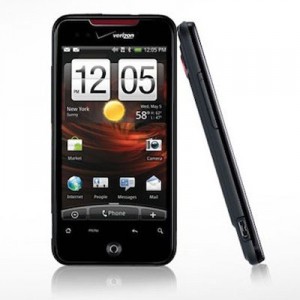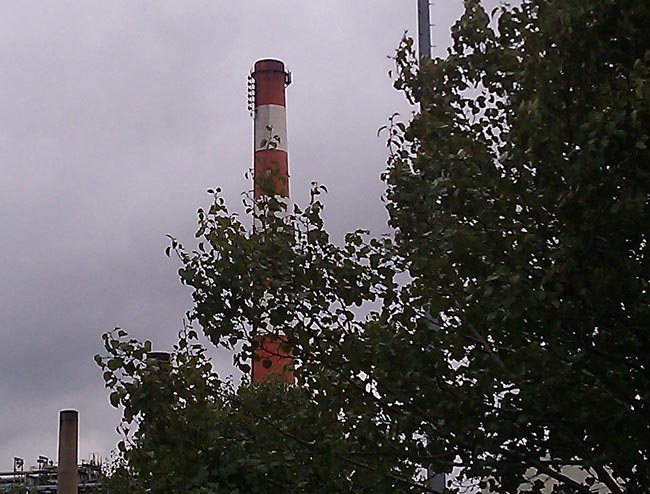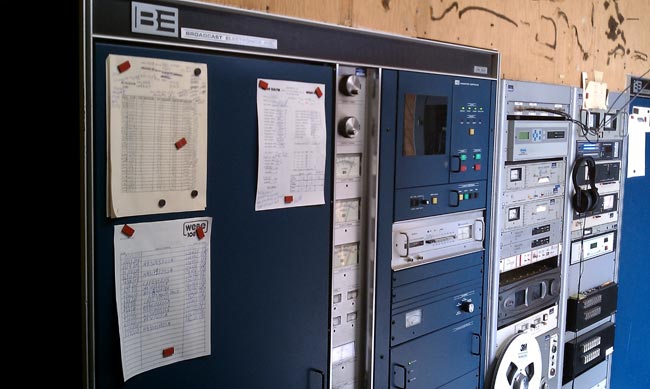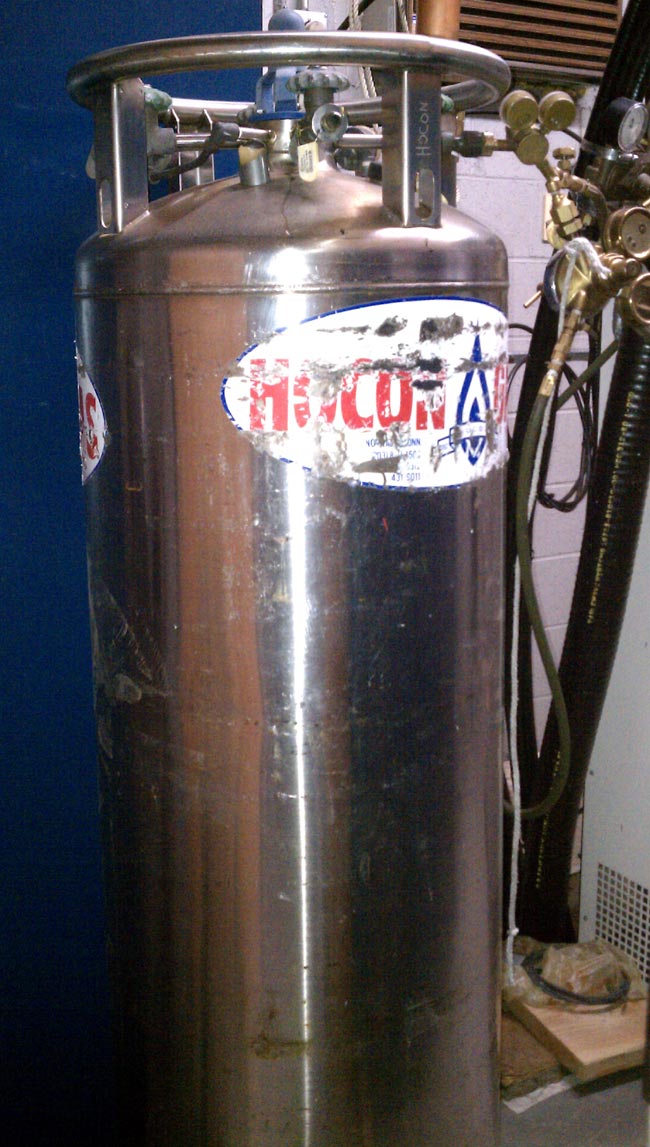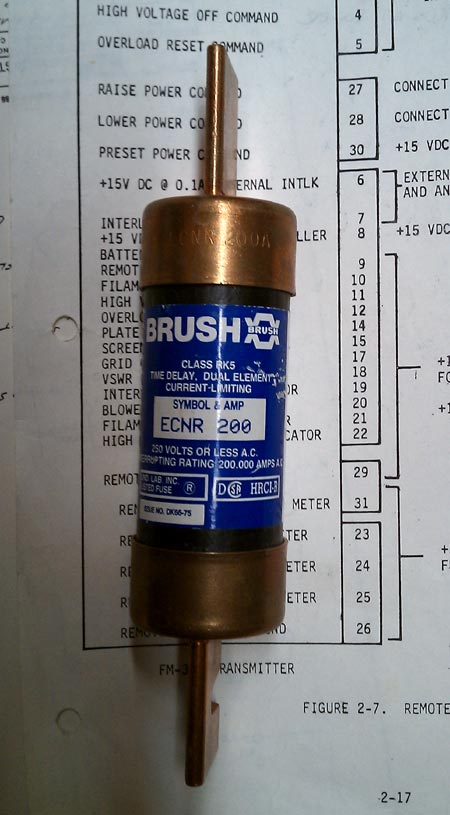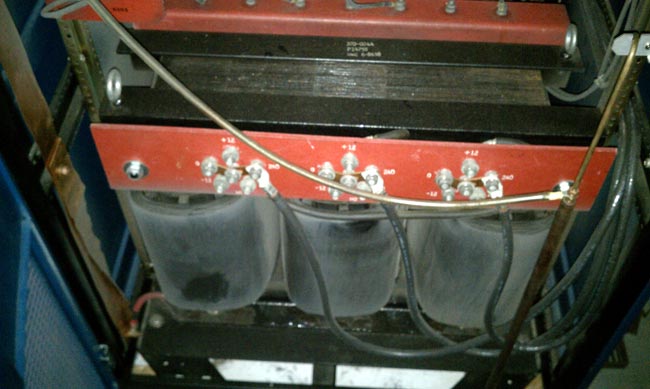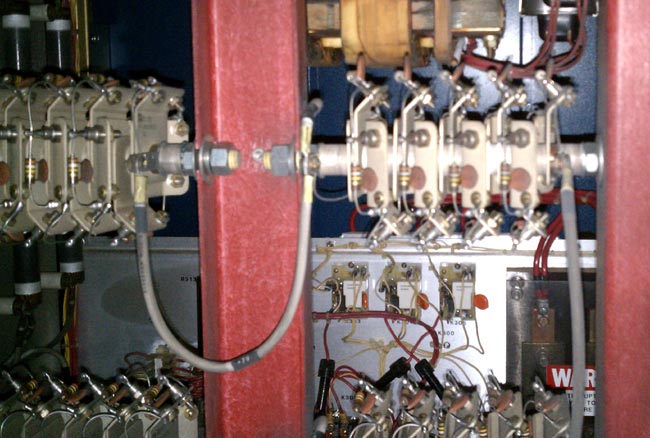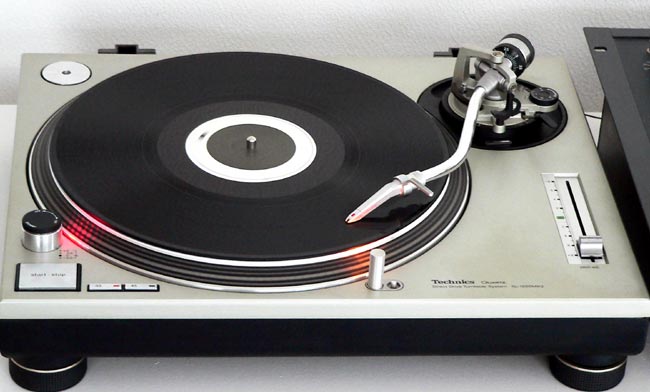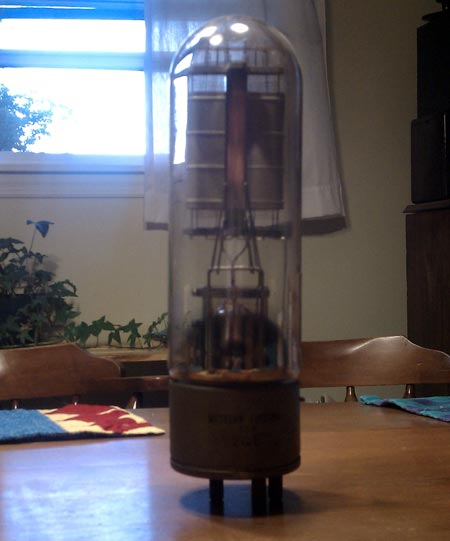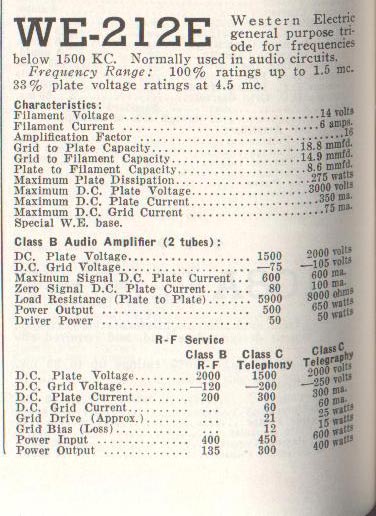The NAB (National Association of Broadcasters), in trying to reach a settlement with the music industry, has decided that cell phones are part of the problem. No kidding, the fact that smartphones like the iPhone and Android do not have FM tuners seems to be a part of the negotiations, even though the cellphone industry has nothing to do with music royalties. The argument is, more people will listen to, and more importantly, buy music if they have an FM tuner in their smartphone.
I don’t know about that.
My HTC Android phone does have an FM tuner, it also has a metal detector. I have found both the be novel applications. Even though I work in radio, I have used the FM tuner twice. Technically speaking, I find it to be adequate. In order to receive anything, a pair of headphones or earbuds has to be used, because the headphone wire acts as the antenna.
That being said, I cannot count the number of times I have used Pandora or other online audio applications. Several times a day at least. Why? Because the content is better.
If consumers want FM tuners in their cellphones, they will ask for them. Cellphone manufacture’s will gladly comply, and make them. The real problem is, most people don’t care about radio because most radio programming is boring and uninspired these days. Let me paraphrase that:
HELLO, BROADCASTERS! ARE YOU LISTENING? YOUR PROGRAMMING SUCKS!
Offer a better product and listeners will return. If there were a compelling reason to build FM tuners into cellphones, it would already be done. Forcing the cellphone manufacturers to do something they don’t want to do will simply drive up prices.
The NAB has led the radio industry astray for years now, we really should stop listening to them.

